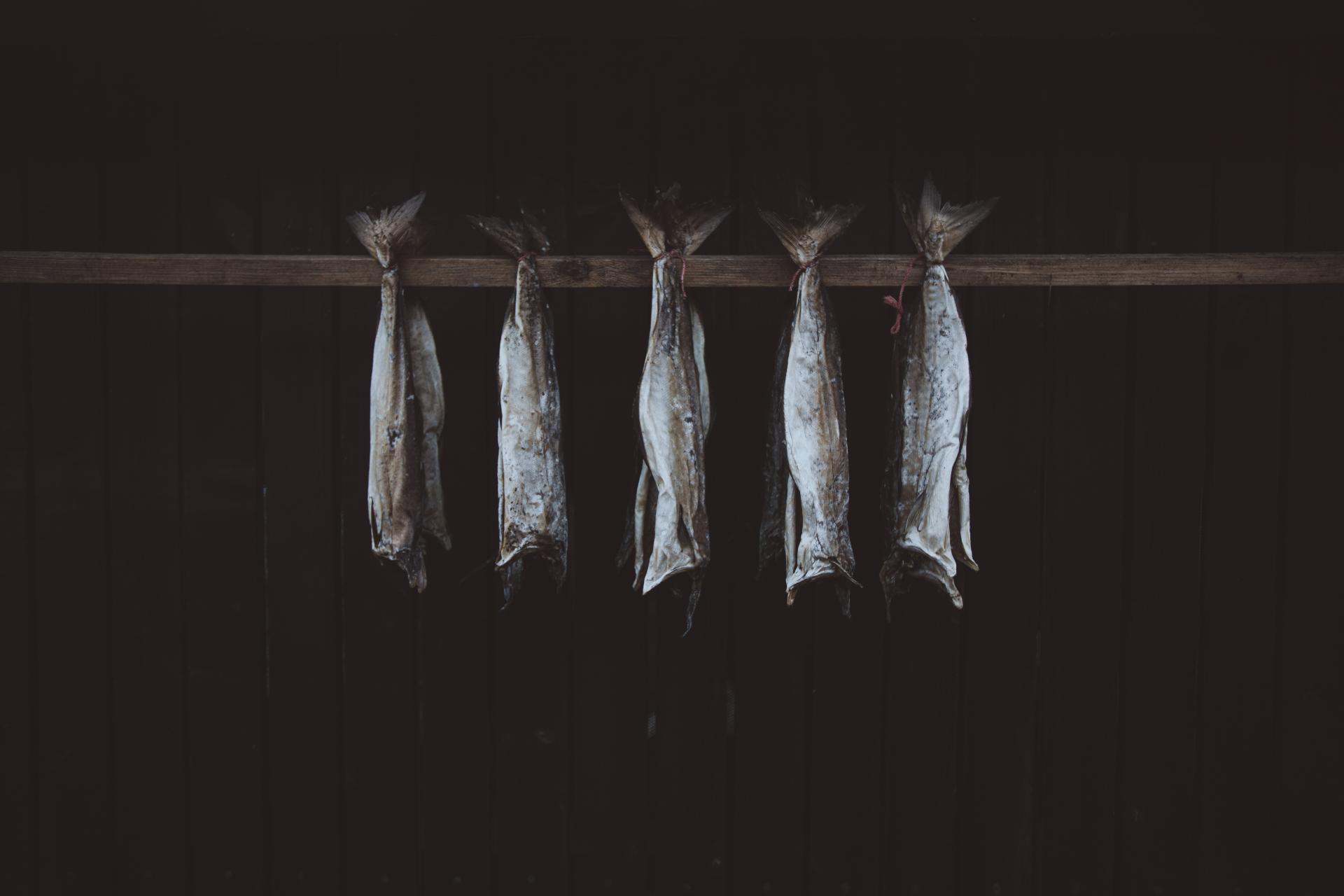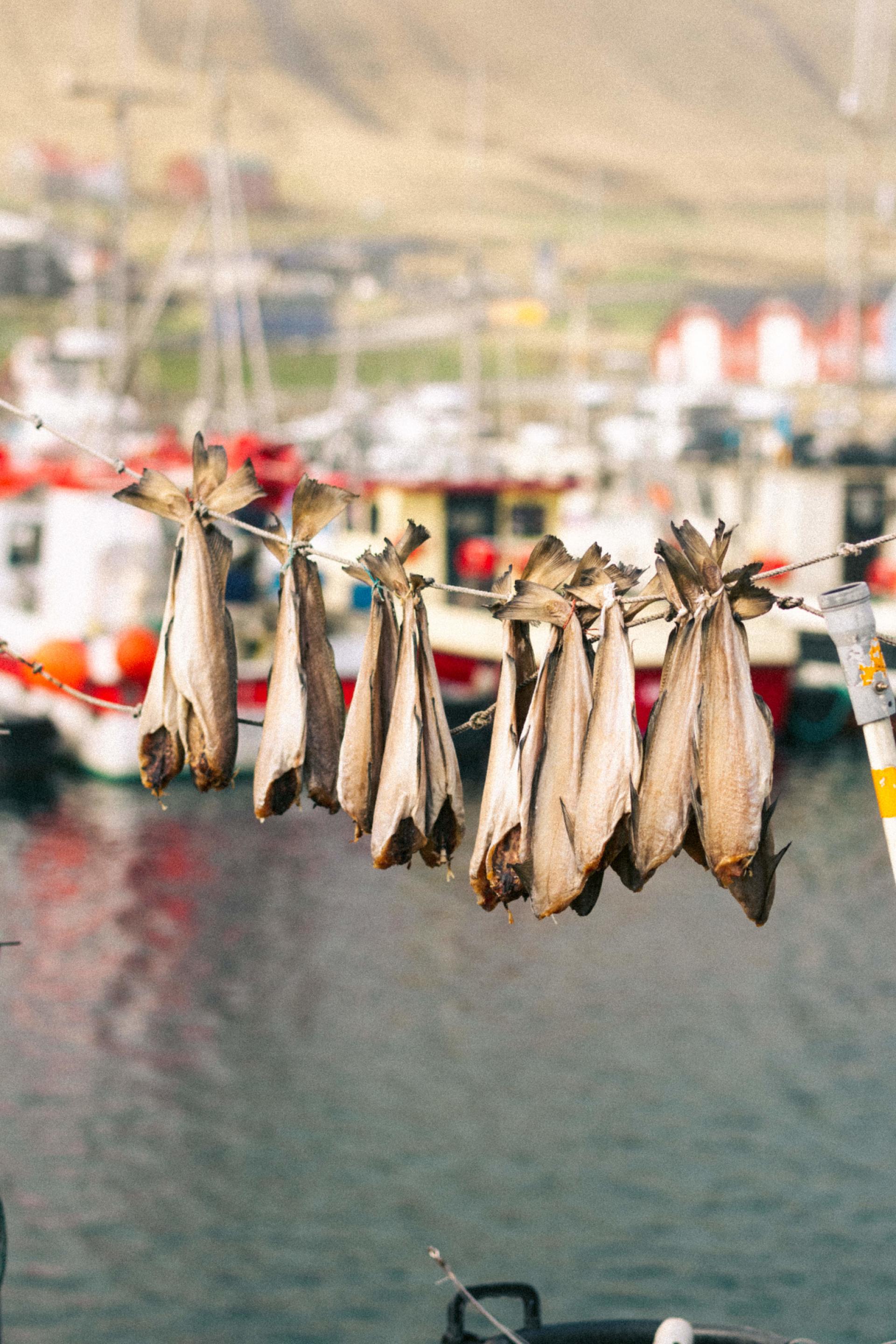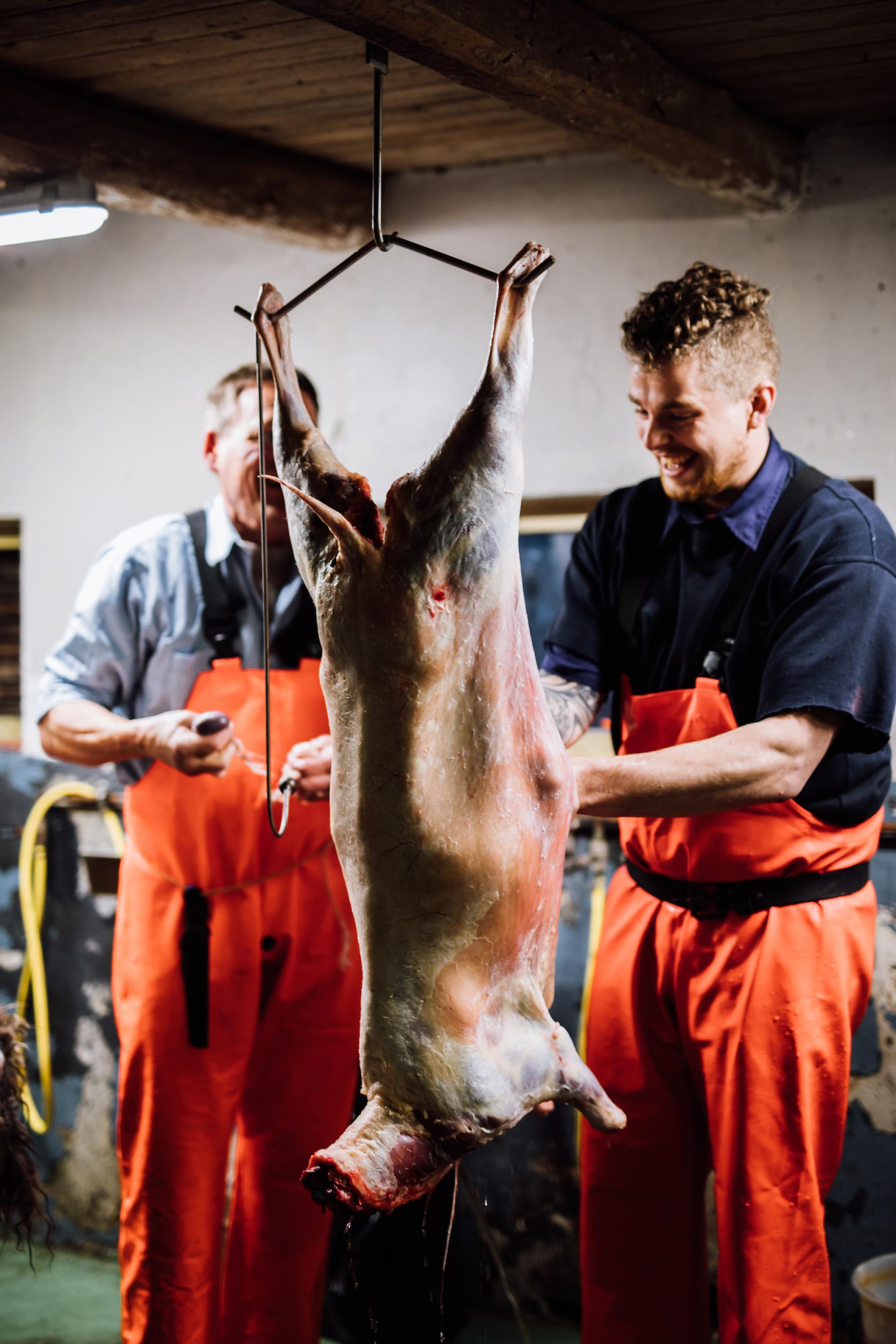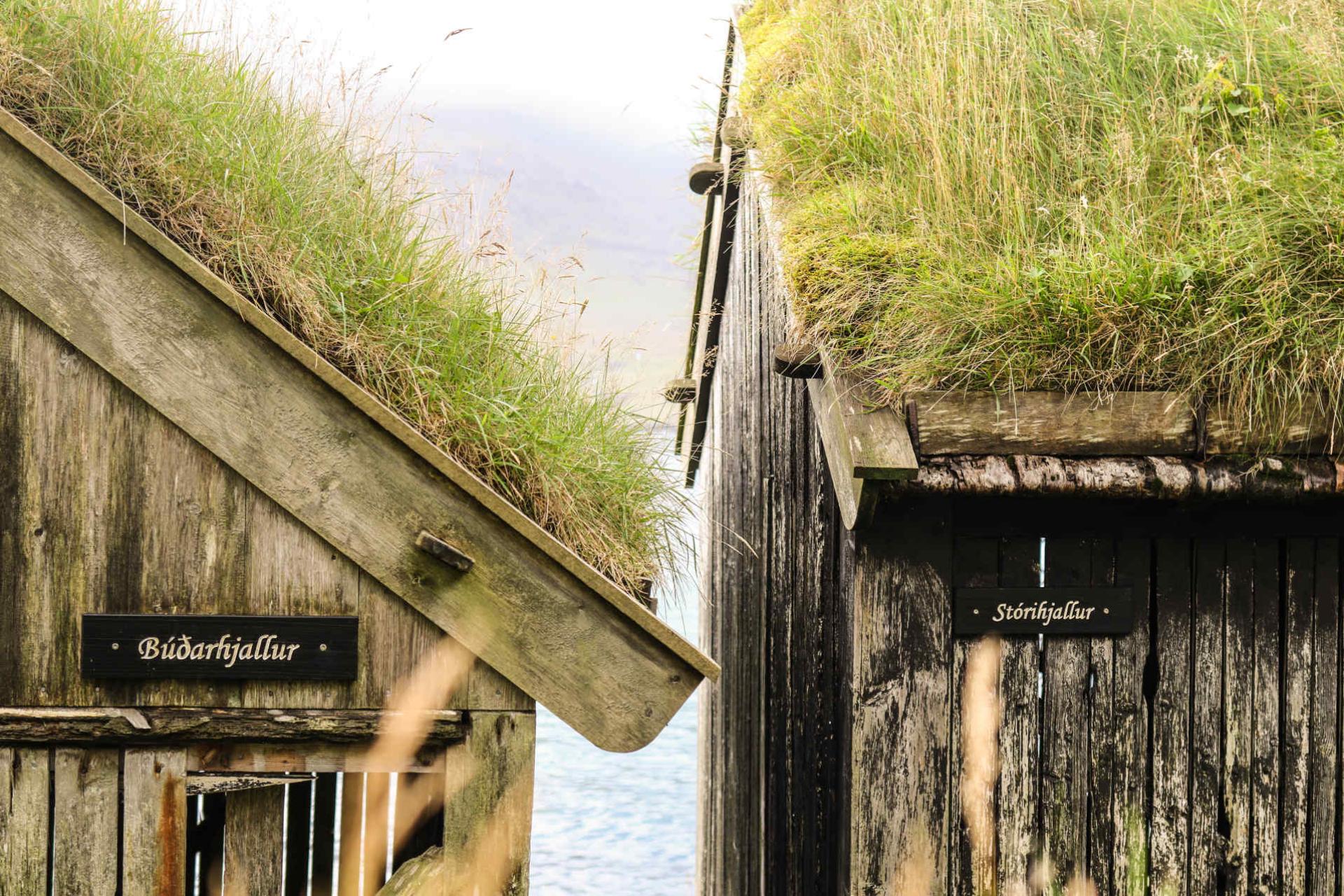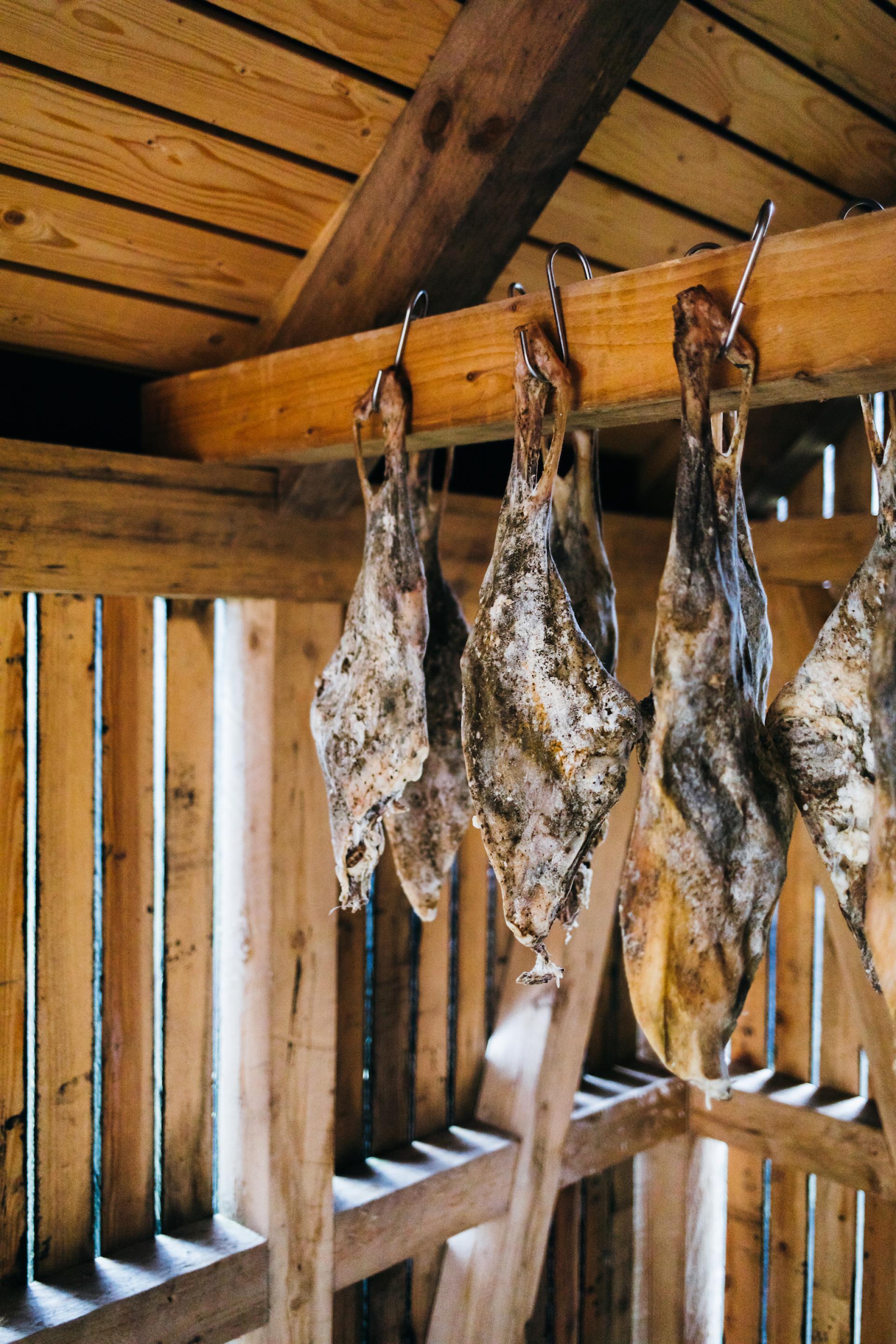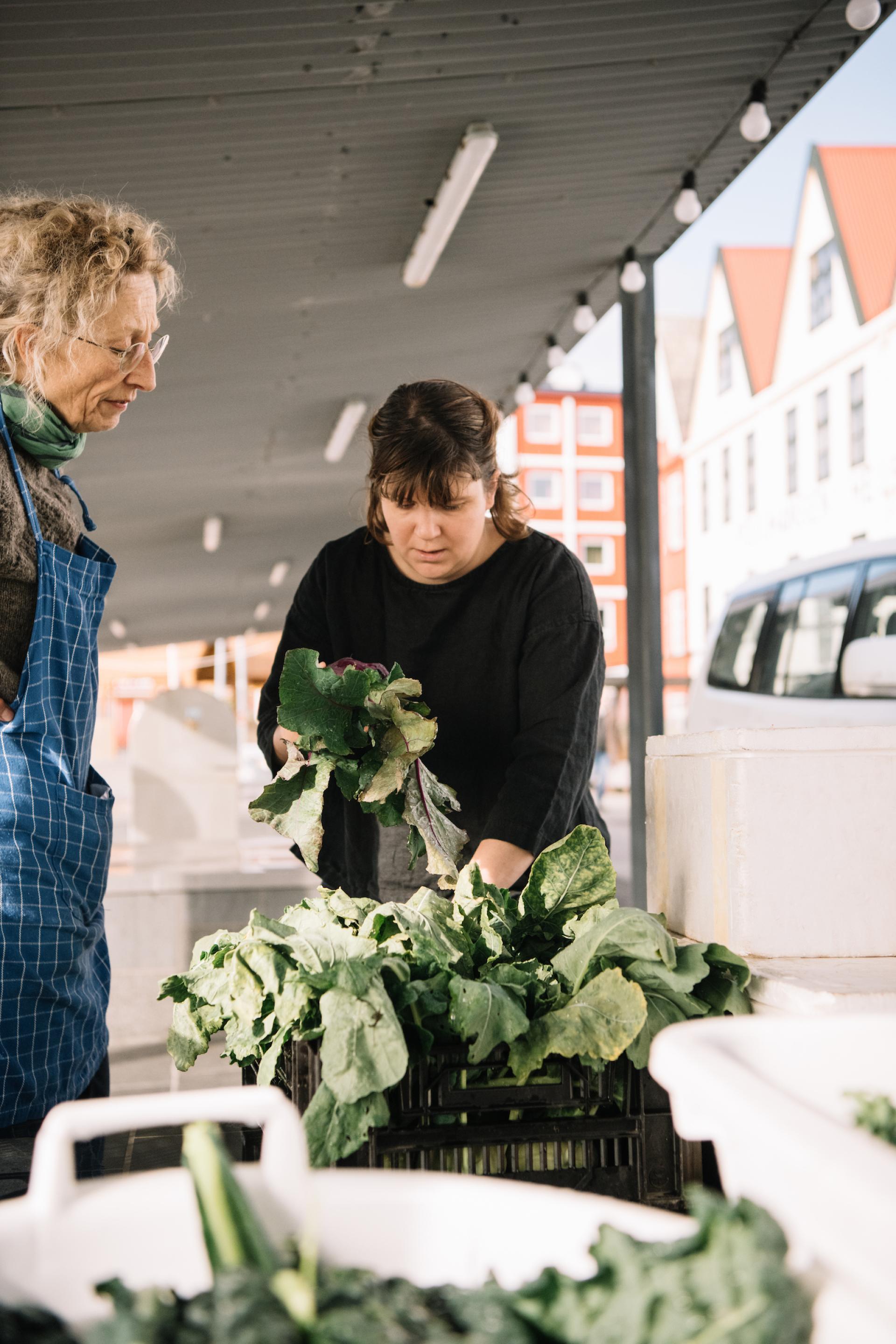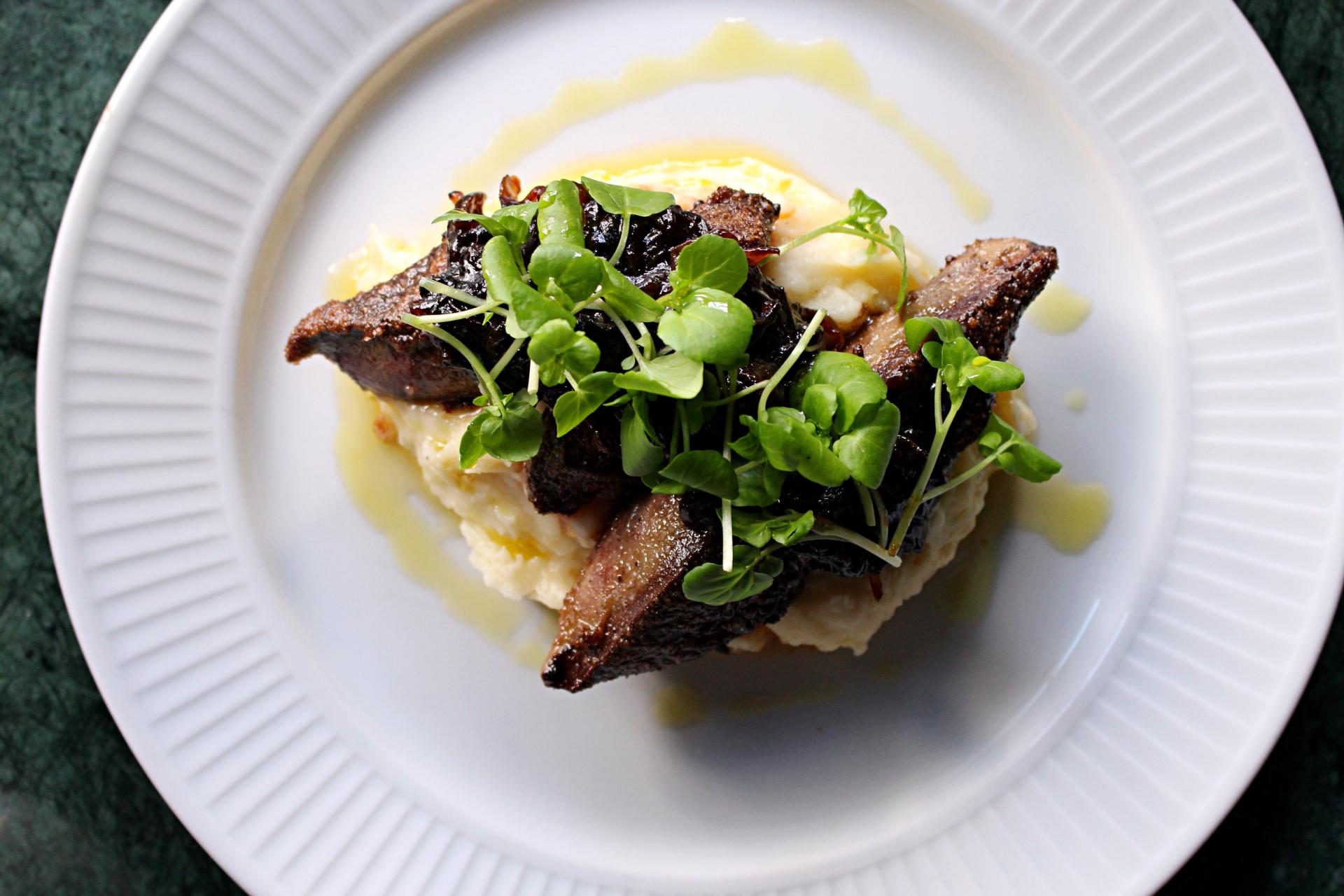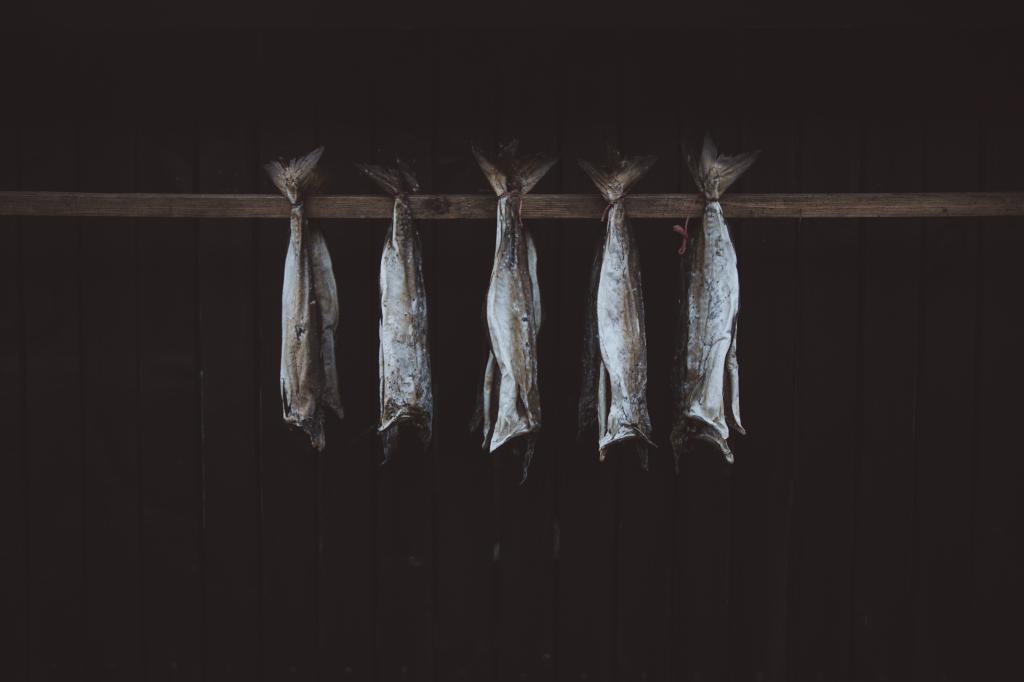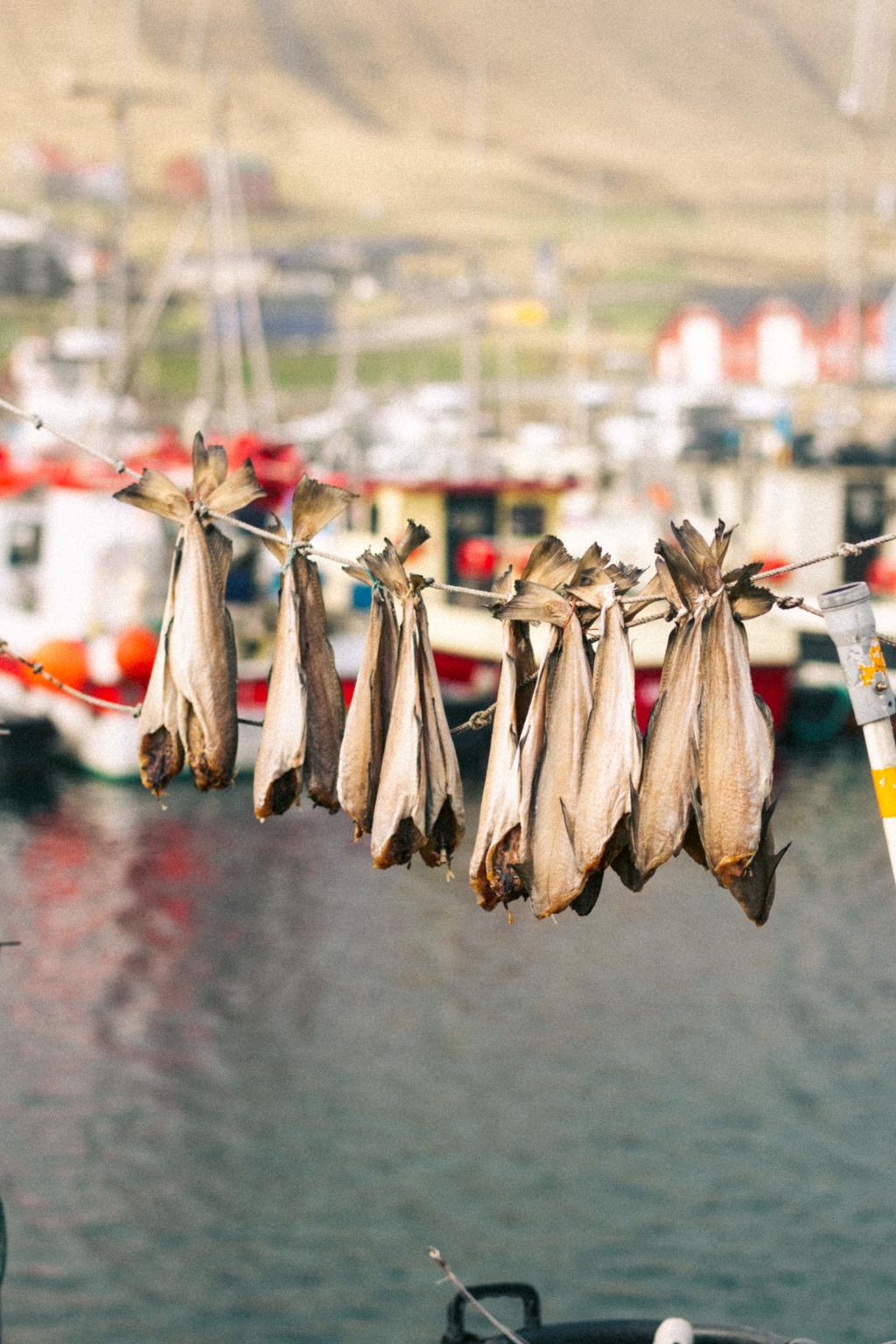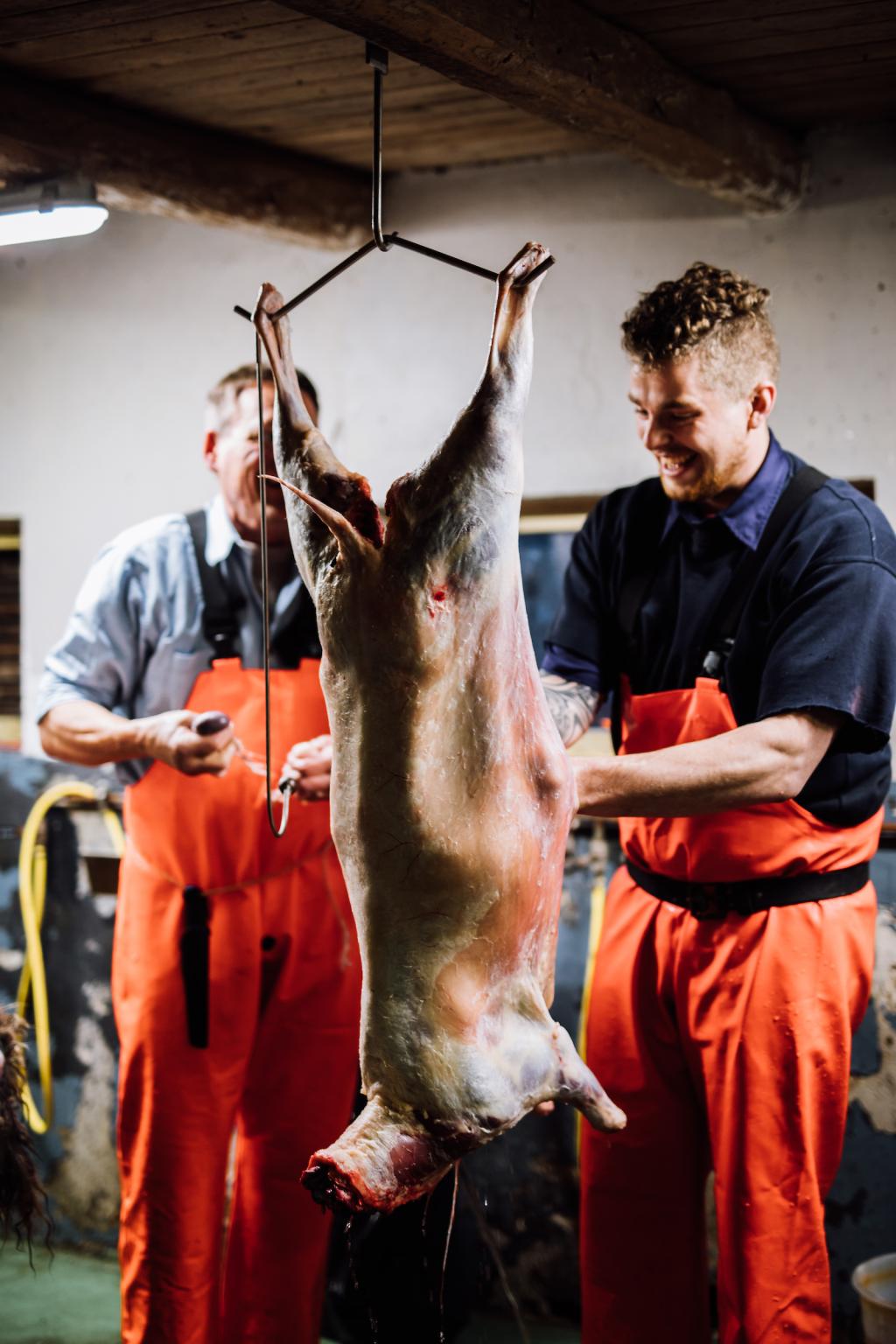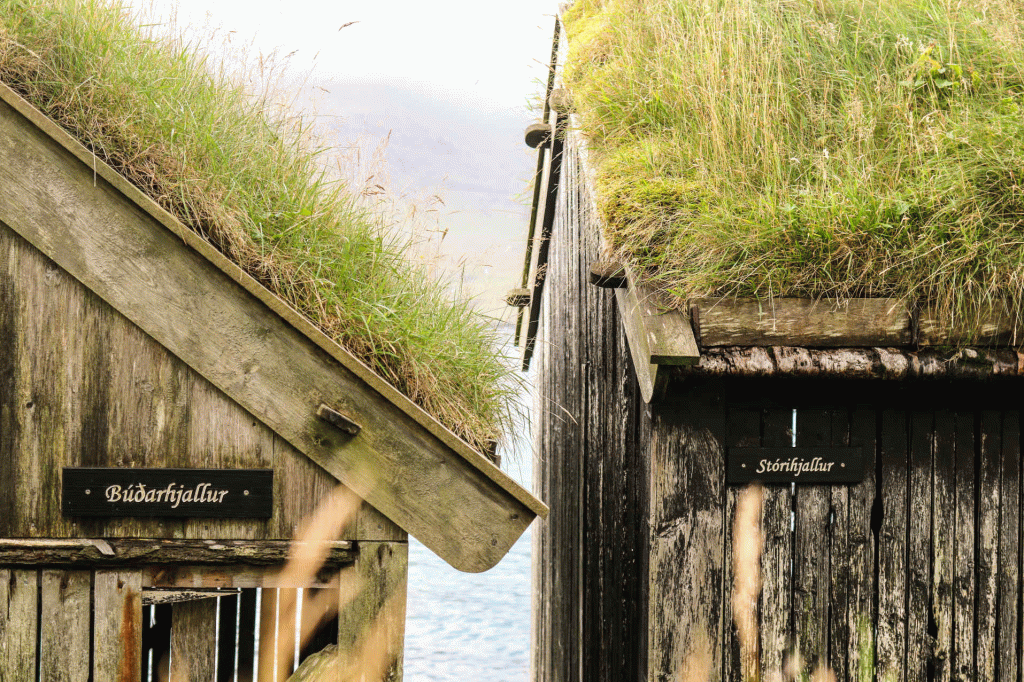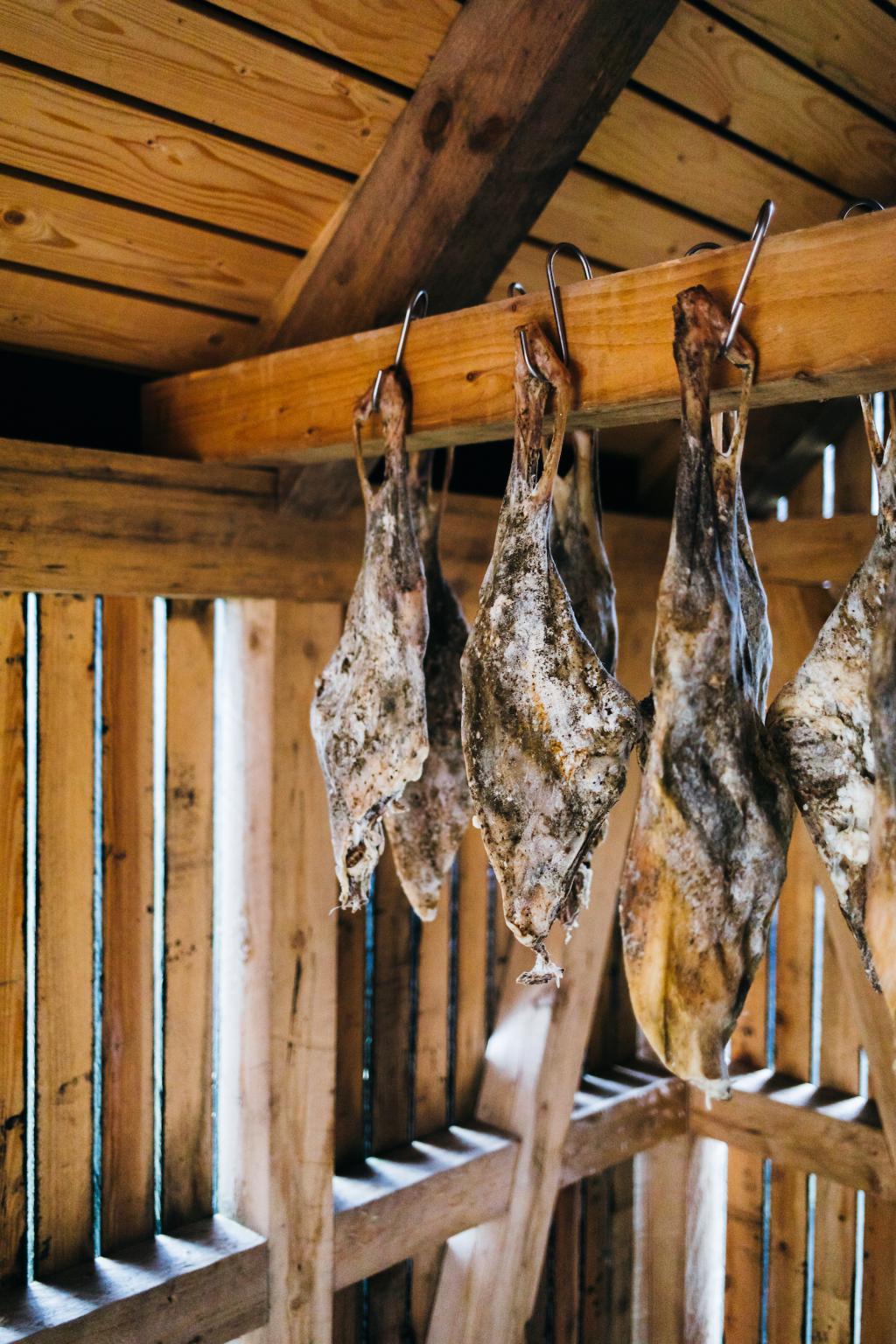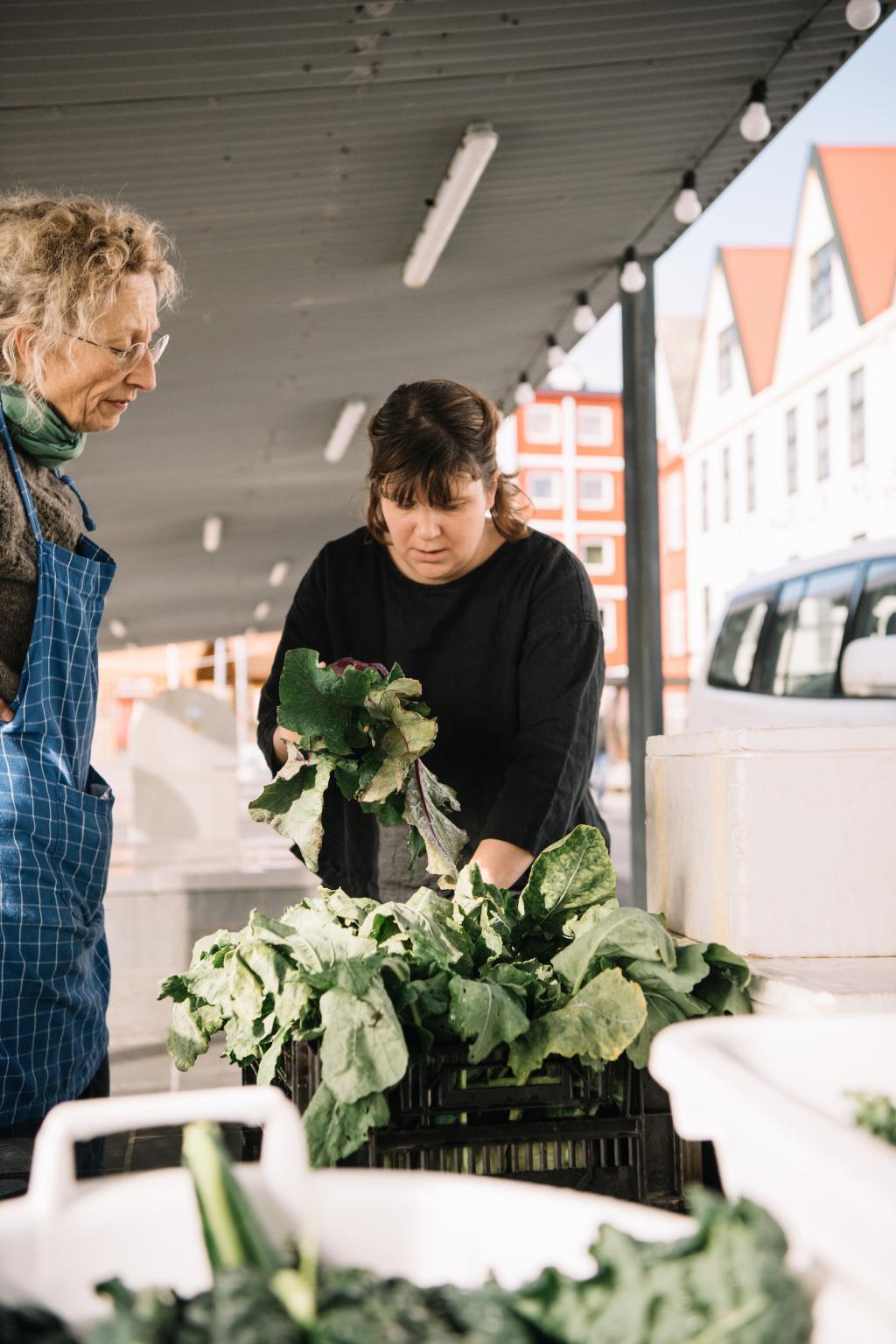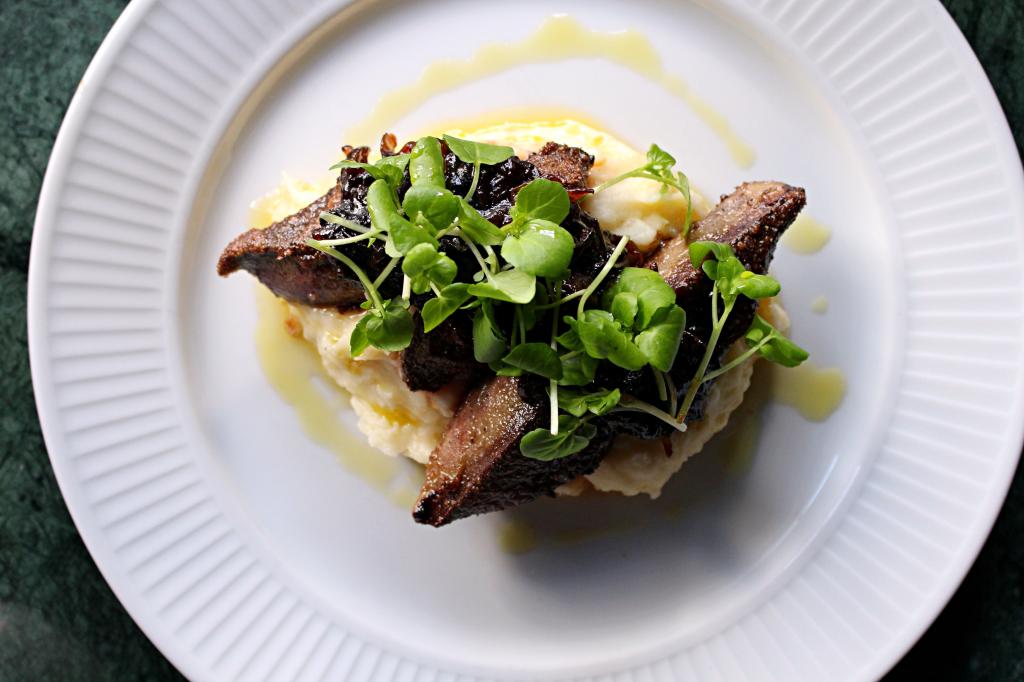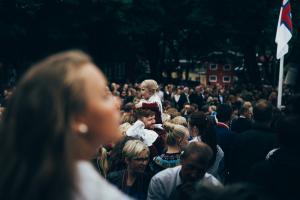Related Feature
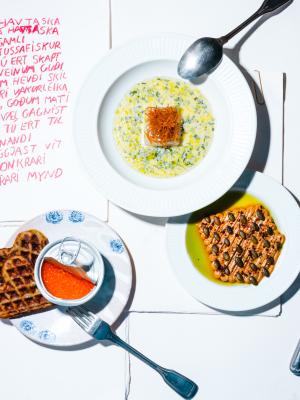
Related Feature

The Faroese restaurant culture has changed drastically within the last decade, not in the least because of a few brilliant and innovative Faroese chefs, initially led by the celebrated Leif Sørensen and more recently by the chef at former 2-star Michelin-star restaurant KOKS, Poul Andrias Ziska. Not only has it become commonplace for Faroe Islanders to eat at restaurants, but they have also started to accept that traditional Faroese food is suitable for fine dining. New restaurants are consistently emerging. One of the newest in line is (surprise, surprise) Ræst, which serves traditional Faroese dishes – the type you’d find on family dinner tables across the country. Delicious. Other new restaurants include a grill house called The Tarv and Skeiva Pakkhús, located close to the harbour in Tórshavn.



